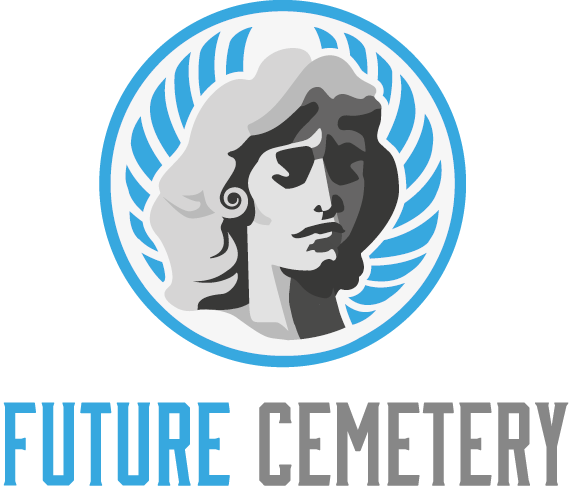Bagi para pecinta togel, terutama togel SDY, mengetahui strategi yang benar adalah kunci untuk meraih kesuksesan. SDY Live, sebagai salah satu platform populer untuk permainan ini, menawarkan hasil yang tepat dan jelas melalui pengundian langsung SDY. Dalam tulisan ini, kami akan membahas strategi sukses di SDY Live serta strategi terbaik untuk para pemain yang berkeinginan meraih kesempatan menang besar yang lebih tinggi.
Data tentang keluaran SDY dan data SDY sangat penting bagi para pemain. Melalui memantau update hasil SDY dan keluaran SDY secara teratur, kita dapat mempelajari trend dan mengambil keputusan yang lebih tepat saat bermain. Mari kita eksplorasi beberapa taktik yang bisa membantu Anda berperform dengan lebih baik dalam bertaruh pada angka di togel Sidney.
Taktik Menentukan Nomor Togel Sdy
Sebuah taktik krusial dalam menentukan angka togel SDY merupakan analisis data result yang lalu. Menganalisis pola nomor yang sering sering muncul bisa membantu peserta dalam mengambil mengambil. Dengan mengamati data sdy secara rutin, pemain akan mengidentifikasi angka-angka yang kecenderungan kecenderungan muncul lagi. Di samping itu, penting pula untuk merekam nomor yang jarang tidak keluar, sebab sering kali angka-angka tersebut bisa jadi surprise.
Selain menganalisis keluaran sebelumnya, pemain juga disarankan agar memanfaatkan metode atau sistem yang sudah ampuh. Beberapa sistem seperti memakai angka dari, tanggal bermakna, atau kombinasi angka acak dapat menjadi opsi. Meskipun belum ada sistem yang dapat menjamin kemenangan, sejumlah peserta mengaku lebih percaya diri mantap ketika memakai cara ini. Rasa percaya diri saat menentukan angka amat krusial dalam laga togel.
Terakhir, penting untuk tidak terikat dalam sebuah pilihan nomor. Mengambil beragam dalam nomor yang dapat menambah peluang kemenangan. Menggabungkan sejumlah nomor yang deket deket dari nomor favorit bisa menciptakan variasi yang menarik menarik. Hal ini pula dapat membantu mengurangi risiko rugi besar-besaran apabila angka yang ternyata ternyata keluar. Melalui taktik yang, peserta dapat lebih enjoy dalam bermain toto SDY.
Mempelajari Data Keluaran SDY
Analisis informasi keluaran SDY adalah langkah krusial bagi peserta lotto Sidney yang berhasrat meningkatkan peluang sukses. Dengan memahami hasil-hasil sebelumnya, para pemain bisa mencari corak dan kecenderungan yang mungkin muncul. Data keluaran SDY yang tetap bisa memberikan wawasan yang bermanfaat tentang nomor yang suka muncul, untuk itu pemain bisa membuat pilihan yang lebih lebih informasi terinformasi saat menentukan nomor dari laga berikutnya.
Selain melihat hasil-hasil yang sudah, penting juga untuk menghitung informasi hasil SDY secara total. Data ini tidak hanya terdapat nomor yang keluar, tetapi pula jumlah muncul. Melalui pengolahan statistik, peserta bisa menemukan nomor-nomor yang lebih mungkin memiliki probabilitas untuk kembali kembali, serta mengetahui dinamika laga yang sedang ada di kolam SDY.
Dengan memanfaatkan memanfaatkan data SDY dan kegiatan analisis yang mendalam, pemain dapat merancang strategi yang lebih dan cerdas. Ini bukan sekadar menentukan nomor, tetapi sebuah cara yang berdasarkan data yang bisa meningkatkan kemungkinan sukses. Dengan cara pencatatan serta pengamatan yang berkepanjangan, setiap pemain bisa menemukan rahasia kesuksesan masing-masing di siaran langsung SDY.
Tips Live Pengundian Sydney untuk Efektif
Salah satu dari kunci utama dalam sukses dalam permainan togel Sydney adalah memahami pola serta ciri-ciri keluaran Sydney di masa lalu. Menganalisis data Sydney yang telah ada dapat memberikan insight berharga tentang angka yang sering muncul. Keluaran SDY Dengan cara menggunakan data tersebut, para pemain dapat mengambil keputusan yang lebih bijak ketika memasang nomor di live draw Sydney. Menggunakan statistik dan mempelajari nomor yang jarang muncul juga bisa menjadi sebuah taktik yang berguna dalam meningkatkan peluang menang.
Selalu muncul pada waktu langsung sdy dan tidak melewatkan setiap sesi sesi pengeluaran pengeluaran sdy sangat krusial. Pemain yang rajin mengikuti pengundian langsung sdy tidak hanya saja akan mendapatkan informasi real-time tentang hasil-hasil Sydney, tetapi serta membangun suasana yang lebih kaya serta menyenangkan. Dengan cara memperhatikan semua update, para pemain juga bisa lebih gampang menyesuaikan strategi mereka sesuai dengan keluaran terbaru serta melakukan penilaian pada metode yang diterapkan.
Terakhir, ikut dengan grup togel sidney dan berdiskusi bersama sesama anggota dapat mendukung menemukan tips dan teknik baru. Berbagi cerita serta pandangan tentang hasil togel dan data Sydney dari pemain lain bisa membuka pandangan baru. Komunitas ini sering menyediakan informasi yang dapat dapat menambah profit dan kesuksesan di permainan.
